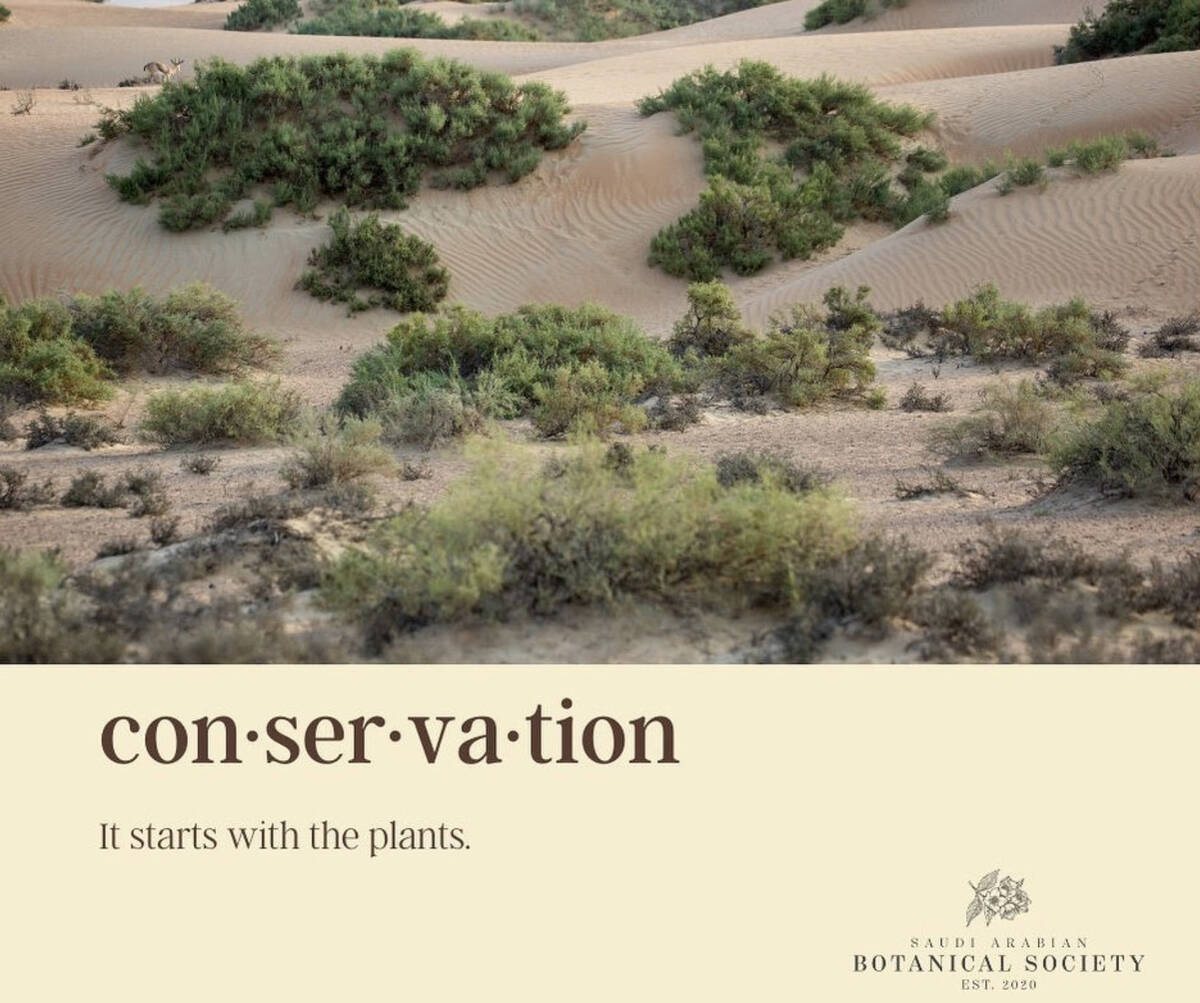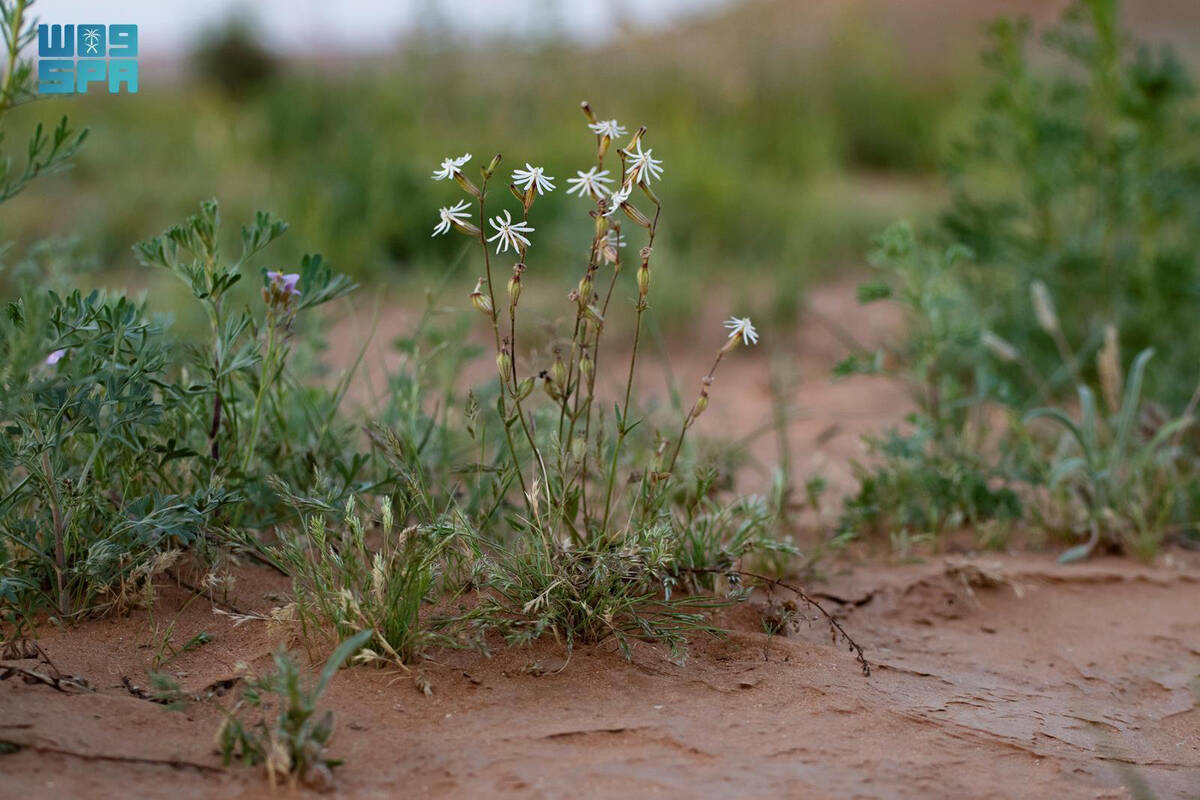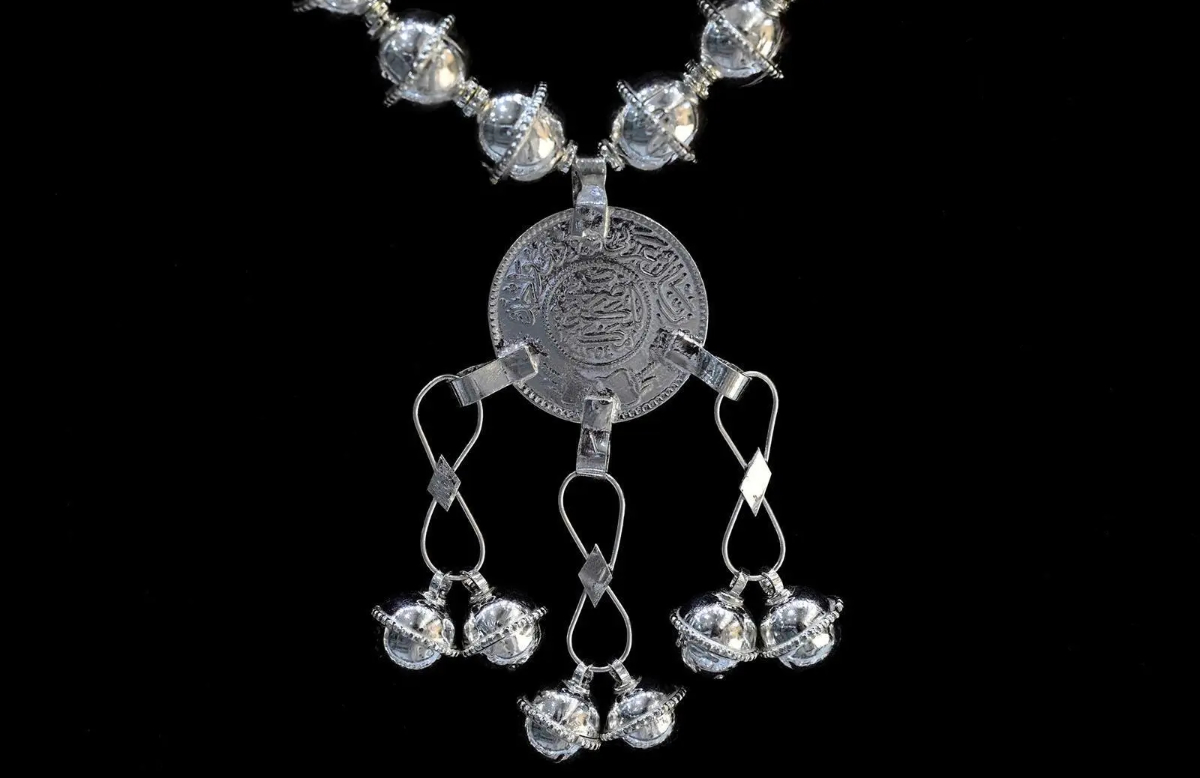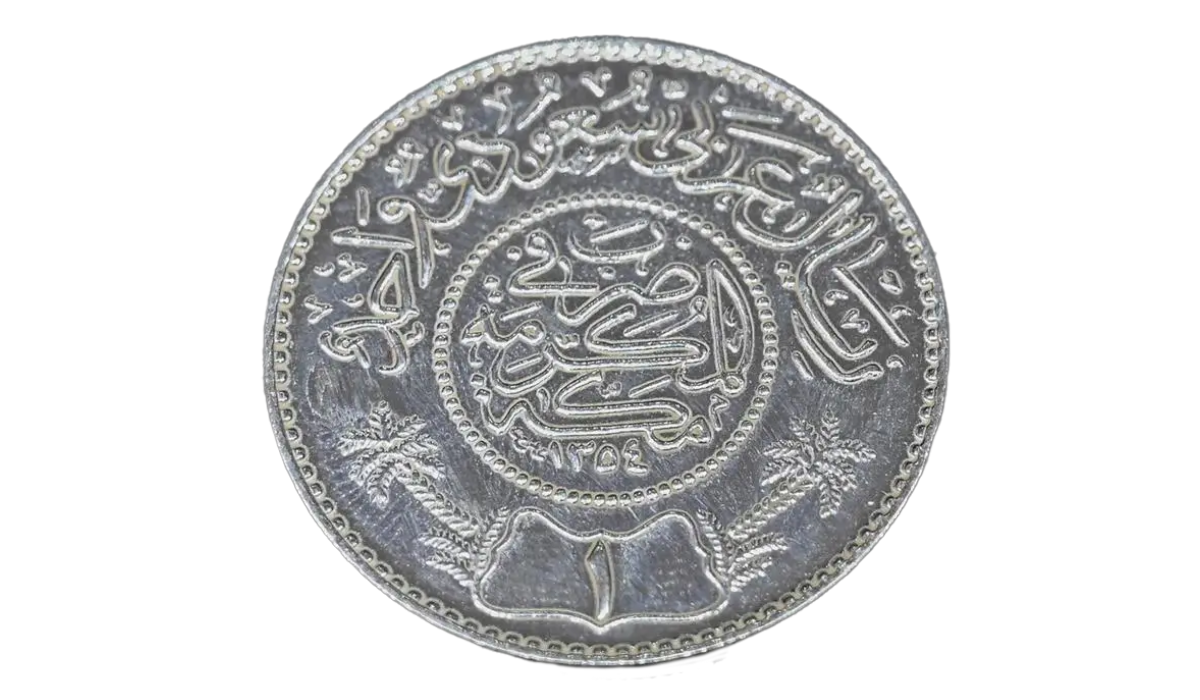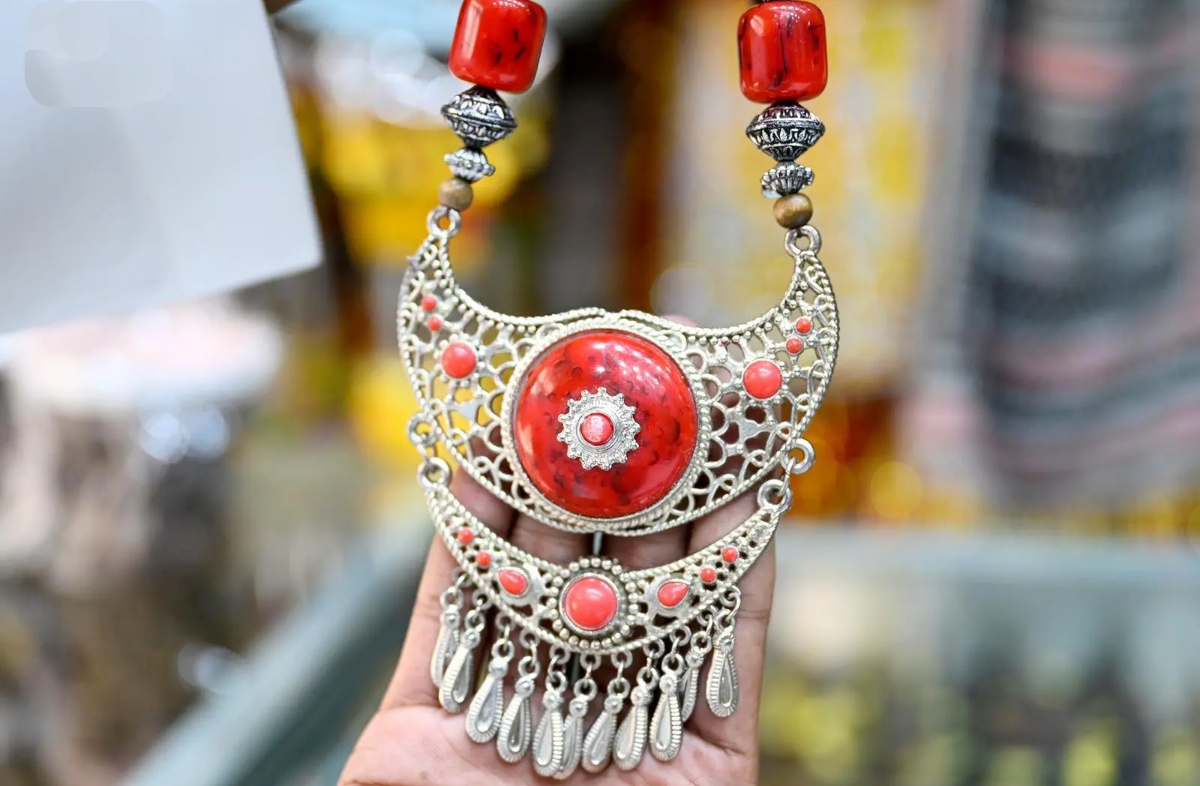RIYADH: Regional fashion influencers and style icons are setting trends at the Saudi Cup this weekend with custom-made designs created specifically for the event.
One of the designers in the spotlight is Nour Al-Dhahri, who launched a Saudi luxury label under her own name in 2013 and is dressing Saudi influencer Nojoud Al-Rumaihi.
The hand-made designer ensemble for Al-Rumaihi has over 700,000 beads and was inspired by the culture of the Kingdom’s Asir region, Al-Dhahri told Arab News.
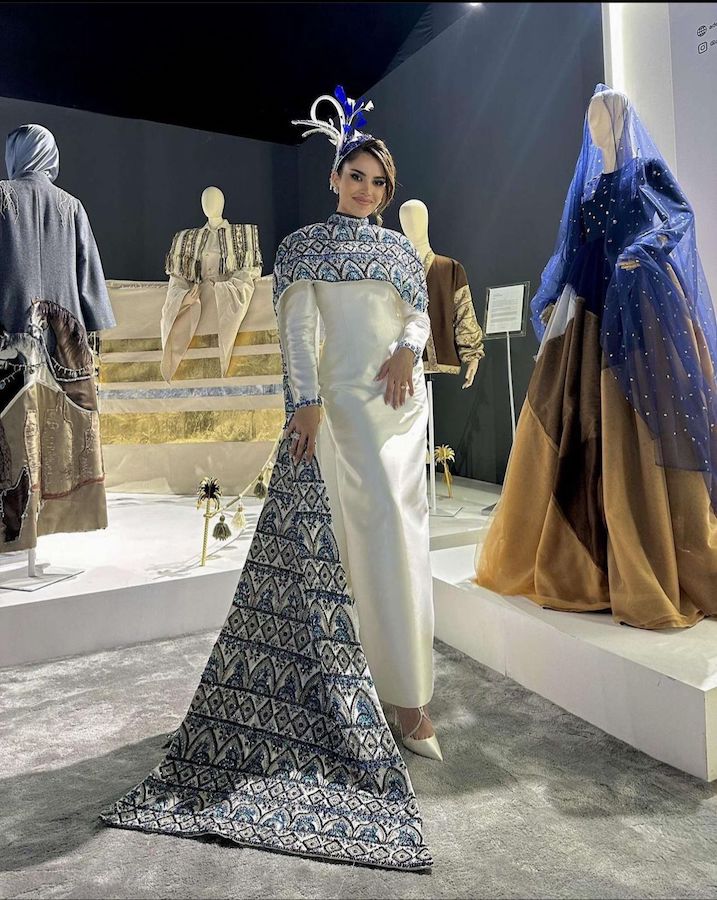
The entrepreneur opted for shades of blue and white to give “a relaxation and warmth feel.” (Supplied)
“We were inspired by the inscriptions they do — they have inscriptions on the walls and buildings, and this is what inspired us,” she said.
Al-Dhahri said that the region, located in the southwest of the country, was known for wheat and agriculture, so she and her team decided to add stem designs to the creation to reflect the history of the province.
The gown, which took over two months to make, is made up of two pieces — a form-fitting plain dress and a cutout cape with a long train.
“When (Al-Rumaihi) walks, it will give a royal feel. It will look like a veil, but it is part of the dress,” Al-Dhahri said.
The entrepreneur opted for shades of blue and white to give “a relaxation and warmth feel.”
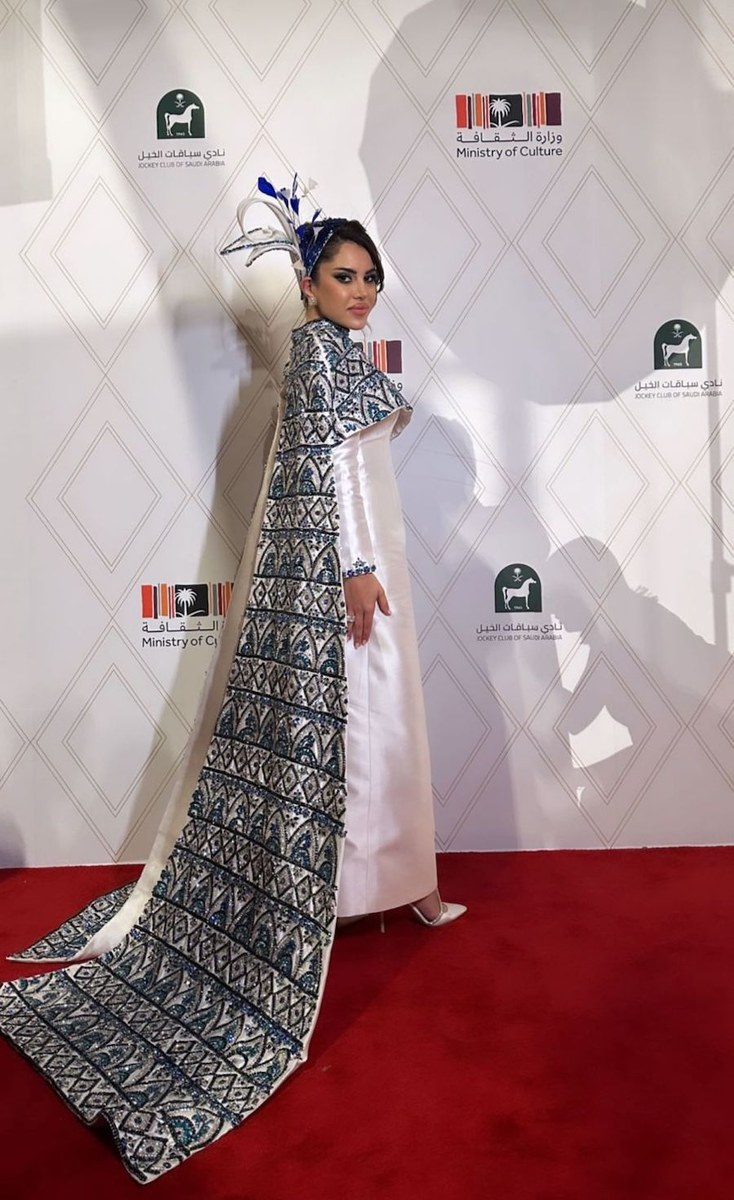
The hand-made designer ensemble for Al-Rumaihi has over 700,000 beads. (Supplied)
Al-Dhahri also created a special headpiece, with the same colors as the ensemble, “that perfectly fits the horse-race vibes,” she said.
“Horse races are always accompanied by crazy and creative hats — a piece of art.”
After Al-Rumaihi wears the dress, which weighs around 14 kg, it will be put on display at the Saudi 100 Brands fashion exhibition at the event.
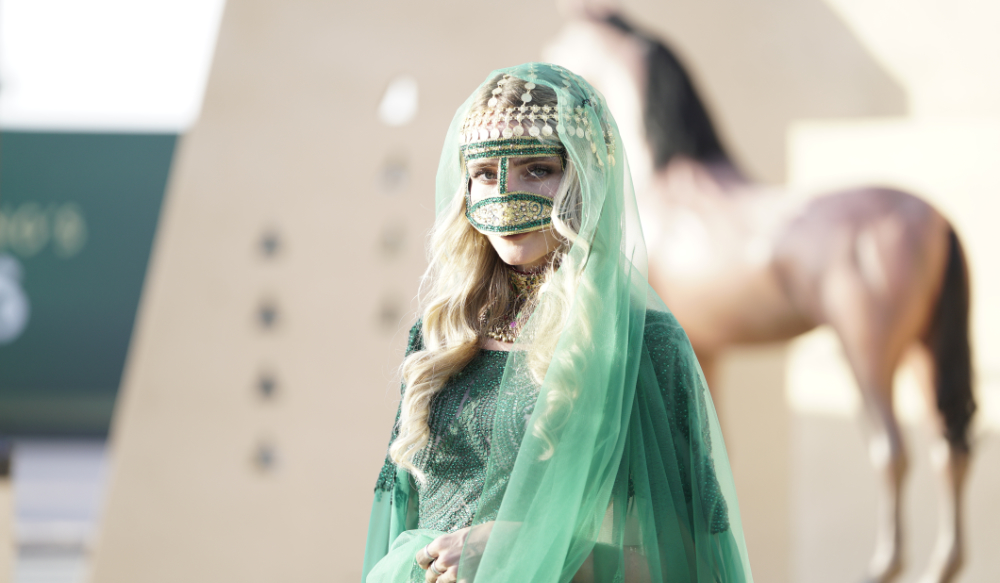
(AN Photo Huda Bashatah)
“She (Al-Rumaihi) is the perfect person to represent us,” said Al-Dhahri. “We are proud that Nojoud is Saudi. She is an influencer who worked with international brands like Fendi, Gucci and Graff. She always gets special invites to Paris and Milan. So, we carefully chose the person to represent the dress.
“She is amazing and the outfits always look amazing on her,” the designer added. “She has Arabian features. We wanted someone calm, because, as I told you, the dress represents calmness and relaxation, and all these features are in Nojoud. So when she wears it, she will represent the dress from within.”
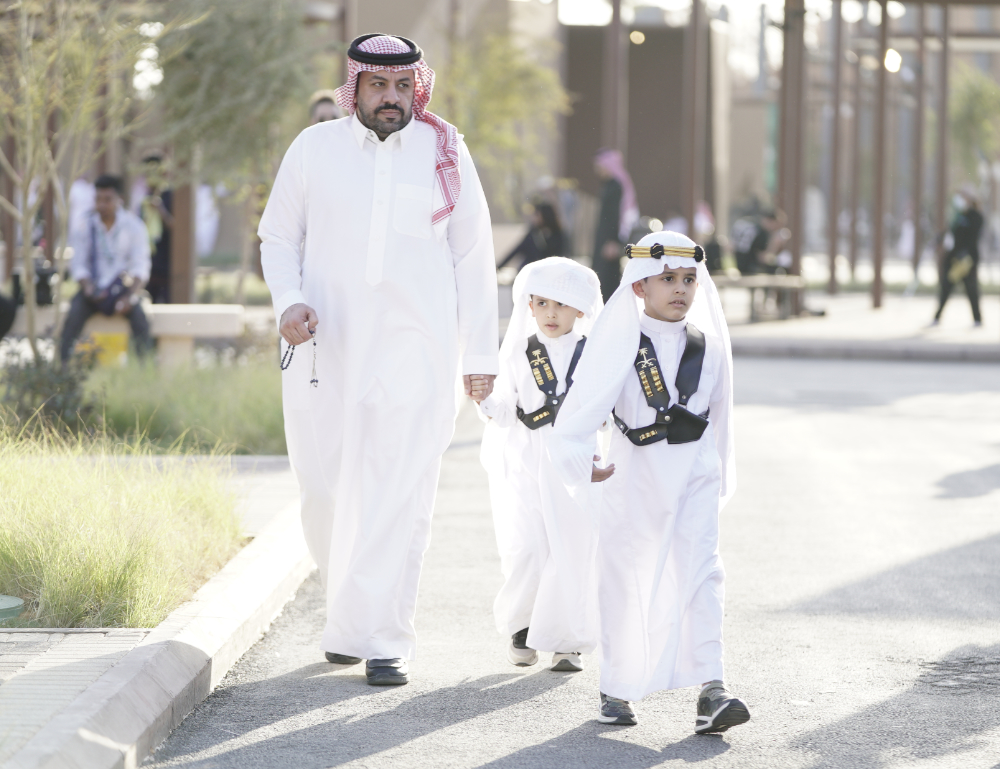
(AN Photo Huda Bashatah)
The Saudi 100 Brands exhibition is organized by the Saudi Fashion Commission, which created the program to select the best 100 fashion labels in the Kingdom to present their work globally.
Al-Dhahri said that she is “honored and proud to represent Saudi Arabia internationally.”
The exhibition at the Saudi Cup marks her first participation with the Saudi 100 Brands.
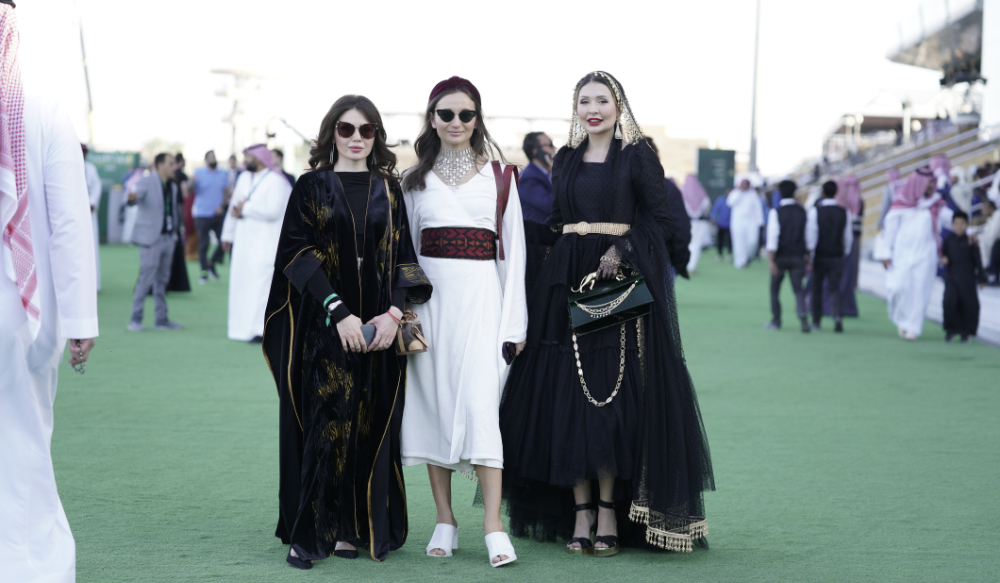
(AN Photo Huda Bashatah)
“There is more to come,” she added.
Two friends, Carlotta, who is also representing Noura Al-Dhahri, and Elisabetta, wearing Saudi brand Heart and Spirit, traveled from Italy to attend the Saudi Cup.
While the Kingdom is not a country they would usually think of visiting, they feel proud to represent Saudi brands as part of the country’s development.
“I chose this design because of the beautiful cobalt blue. I love the embroidery, and it reminds me as well of both Italy and Saudi, and I think that’s a beautiful mix. It’s wonderful to support designers in Saudi, especially women. It feels like we’re in a time of great change,” Carlotta told Arab News.
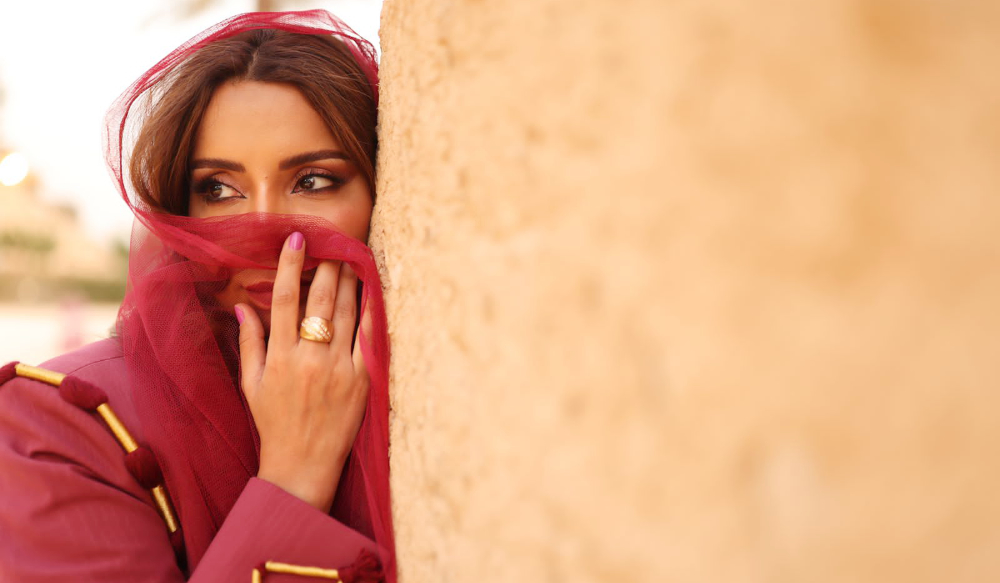
Danya Bin Saedan in Ivory Fashion. (Supplied)
Elisabetta sported a modern white silhouette dress with gold accenting prints inspired by historical designs.
“It’s a great way to honor the Saudi Cup and this tradition. I’m really proud to be Italian, but at the same time, I’m honored to represent a Saudi brand here in its own country,” she said.
Fellow Saudi 100 Brands designer Noura Alghilaisy has taken a more sentimental approach to her designs for public speaker and journalist Abrar Bahabri. Her brand is a tribute to strong Saudi women, balancing modernity, femininity and tradition.
Alghilaisy grew up with equestrian patriotism in her blood, as her father, Said, is a stable master at Ennabi Stables.
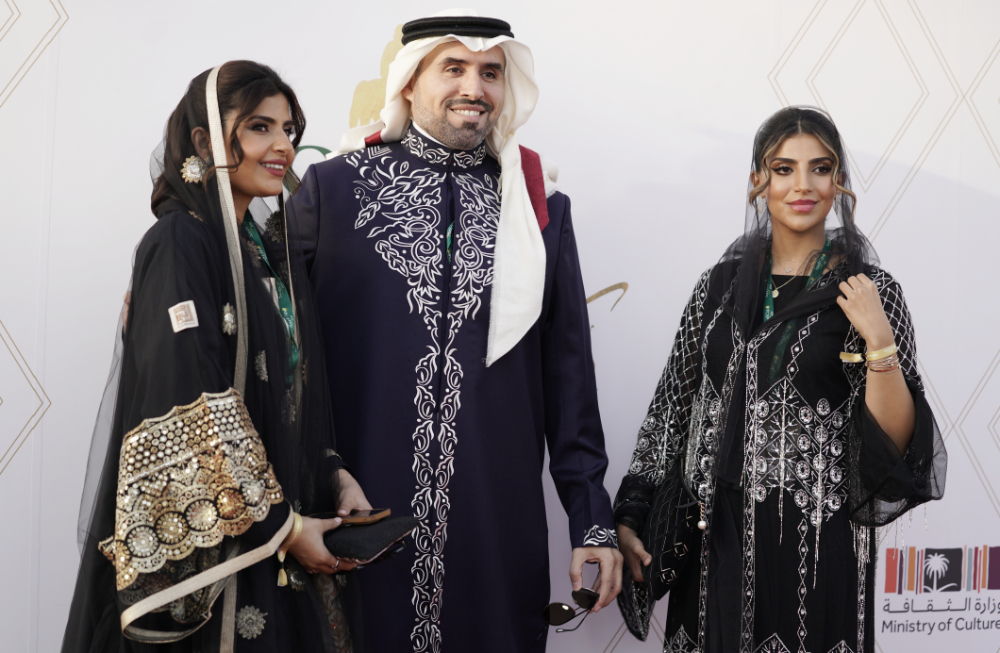
(AN Photo Huda Bashatah)
She admires the speed and strength of the horses, comparing both qualities to the swift developments of a changing nation and the many achievements in the fashion sector.
“I see that in my own brand. It gives that beautiful feminine look, accentuating the curves, but deep inside the women wearing it have so much strength,” she told Arab News.
For her featured Saudi Cup design, Alghilaisy has incorporated native embroidery and sharabat (tassels), local to the region, as well as a cape motif.
“The cape is an alternative to the abaya. It’s modest but edgy at the same time, which is similar to my brand,” she said.
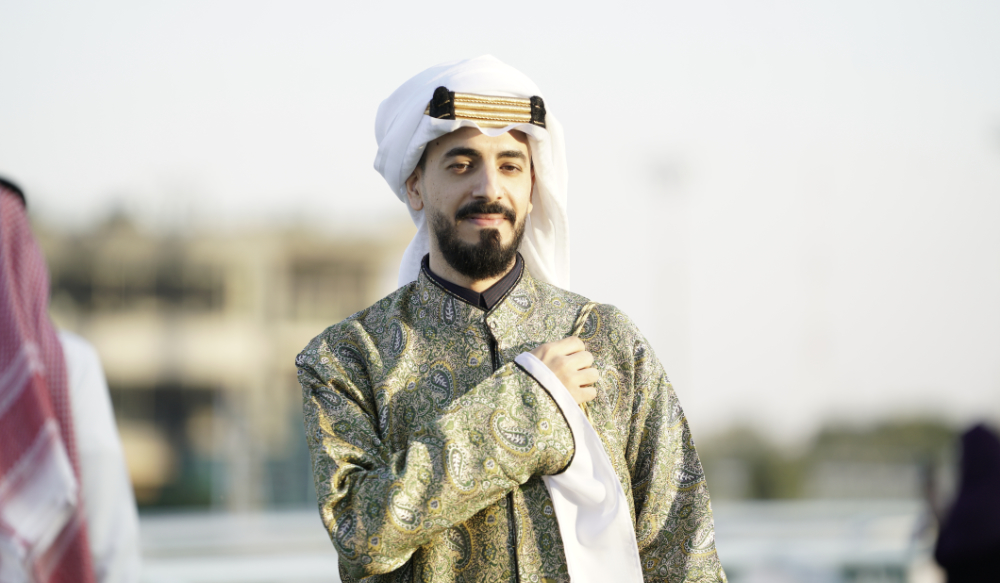
(AN Photo Huda Bashatah)
The ensemble’s magenta burgundy shade is a tribute to her father’s stables, whose name roughly translates to the same shade. Viva magenta is also the color of the year for 2023.
“I want women to progress from a local to an international market. And there was a big gap to bridge before the initiatives of the Ministry of Culture to highlight these efforts within the Kingdom,” Alghilaisy said.
“Fashion is a great way to represent our culture and our country, and it’s also an extremely important international platform.
“Being part of the Saudi Cup meant so much more to me when I saw the pride in my dad’s eyes being involved in this sector. Fashion has also been part of this sector, but no one has left their mark in this way.”
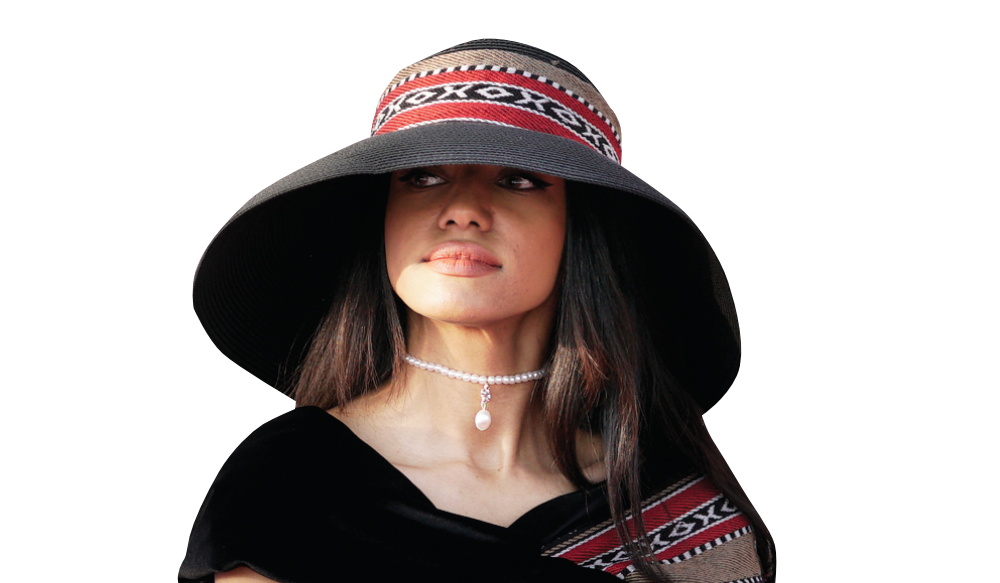
(AN Photo Huda Bashatah)
Fashion designer Mashael Aldraei, founder of Saudi 100 Brands Ivory Fashion, took inspiration from Subalat Al-Mudi in Diriyah and the common theme of triangles within Saudi architecture.
She designed an exclusive dress for influencer and self-care advocate Zainab Al-Khalifah, founder of Zoz Lash Salon.
Each of Aldraei’s designs incorporates a modern take on King Abdulaziz’s agal, including the outfit she is representing at the Saudi Cup, highlighting the heritage of the Kingdom with natural tones found within the environment.
She also dressed businesswoman and influencer Danya bin Saedan.
“I used the soft pink tones for Zainab because she stands for the very essence of femininity, and I used the burgundy tone with Danya because it represents luxury,” Aldraei told Arab News.








